Reviewed | ‘The Culture of Architecture in Enlightenment Rome’
Recently added to caa.reviews:
Heather Hyde Minor, The Culture of Architecture in Enlightenment Rome, Buildings, Landscapes, and Societies, vol. 6 (University Park: Pennsylvania State University Press, 2010), 312 pages, ISBN: 9780271035642, $95.
Reviewed by Richard Wittman, University of California at Santa Barbara; posted 22 March 2012.
The most famous works of eighteenth-century Roman architecture and urbanism, such as the Trevi Fountain or the Spanish Steps, have always seemed more at home at the end of histories of Baroque architecture than at the start of histories of modern architecture; there, one is more likely to encounter Laugier’s hut or Soufflot’s Sainte-Geneviève. The idea that the architectural initiative passed from Rome to the north sometime around 1700 extends back to the eighteenth century itself, and was rarely questioned in the century-long tradition of formalist architectural history inaugurated in the late nineteenth century. But while eighteenth-century Rome has had its apologists who complain that the quality of its architectural output is unfairly overlooked, it was the rise of culturally and socially oriented models of architectural history that really gave eighteenth-century Rome its second chance. These approaches were less concerned with aesthetic distinction or innovation than with interpreting architecture in relation to broader historical transformations. True, Rome had only a tenuous connection to the new master narratives of eighteenth-century scholarship, which center on that world-changing cocktail of Enlightenment ideas mixed with growing middle-class participation in public culture. (Rome had a negligible productive economy, and therefore lacked a bourgeoisie comparable to those of northern cities.) But this is not to say that the new ideas of the century had no impact in the Eternal City. On the contrary; but the impact came strictly within the politically stable limits of clerical culture, where such ideas inspired reformers hoping to re-arm the Church in its battle against the decline of Catholic influence. And it has been by studying how architecture and planning were drawn into these debates—debates local in scope but international in significance—that recent scholars have unlocked the rich interest of Roman architectural culture during this period. Heather Hyde Minor’s informative, wide-ranging, and deeply researched new book follows squarely in that path. . .
The full review is available here» (CAA membership required)

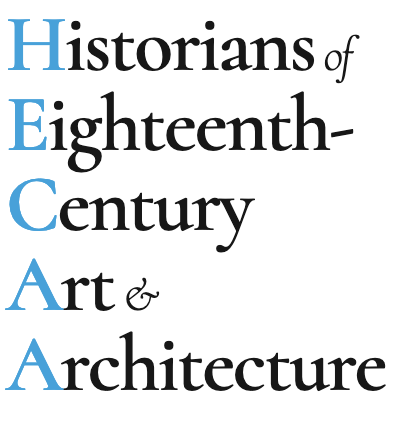

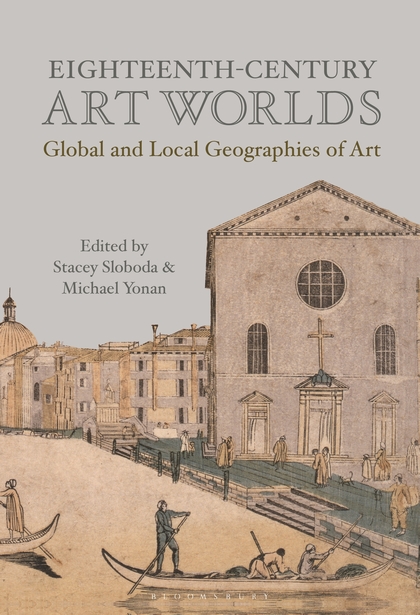

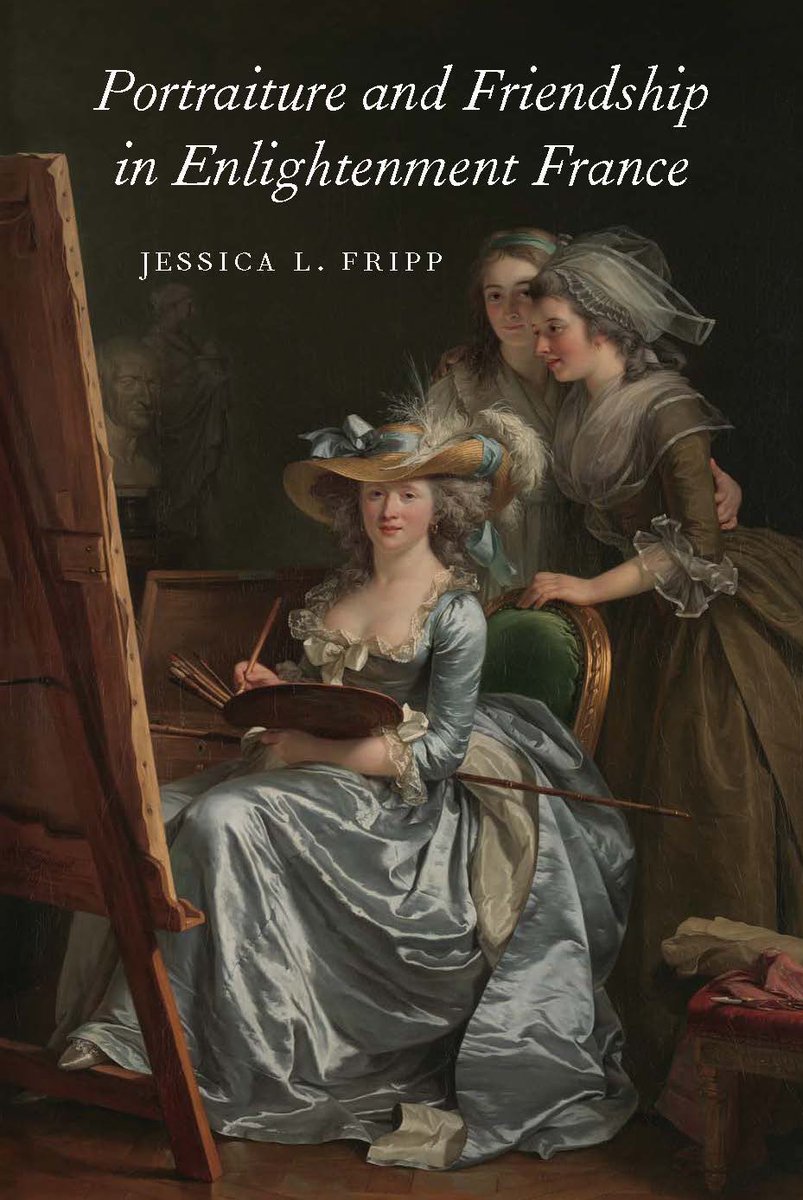















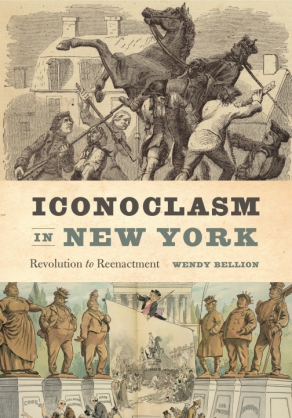



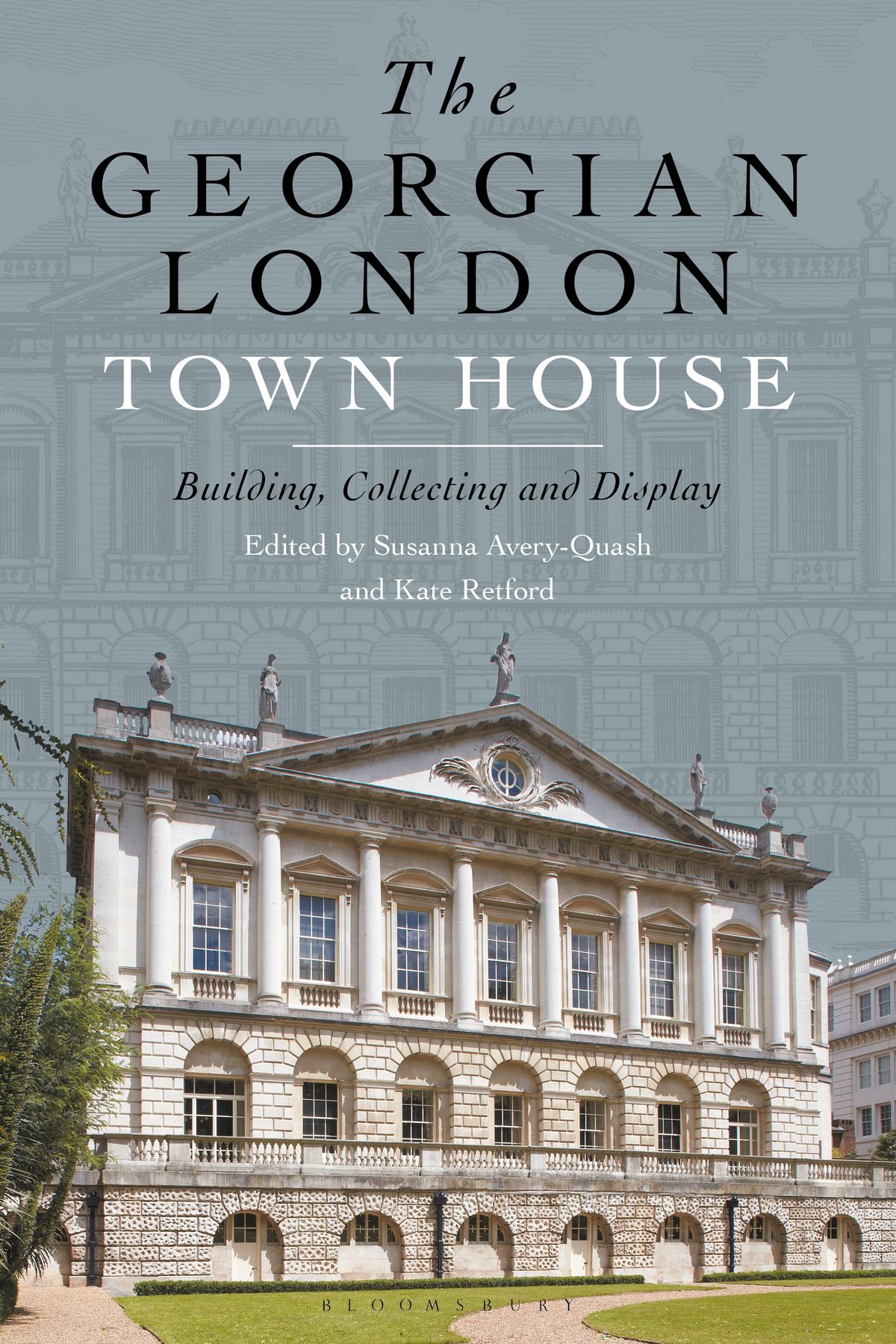


leave a comment